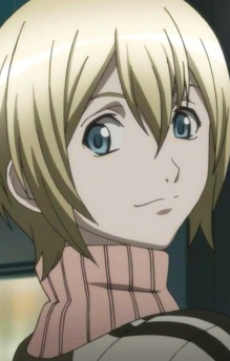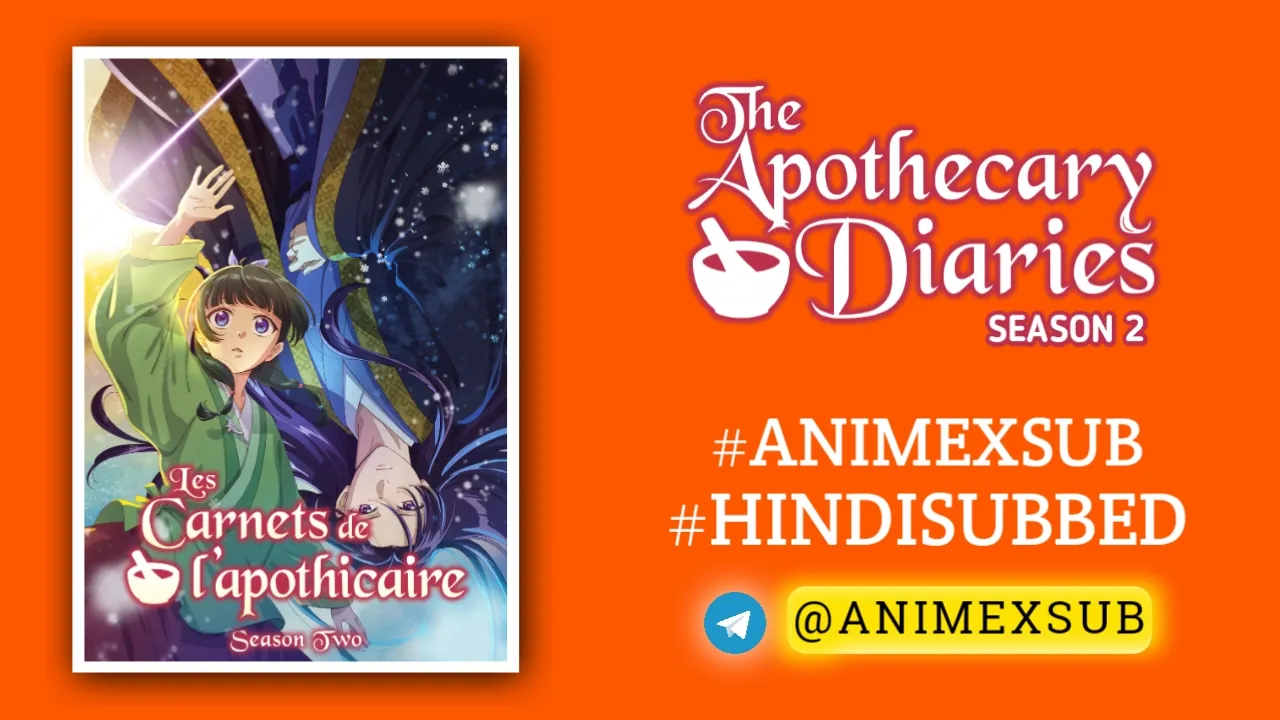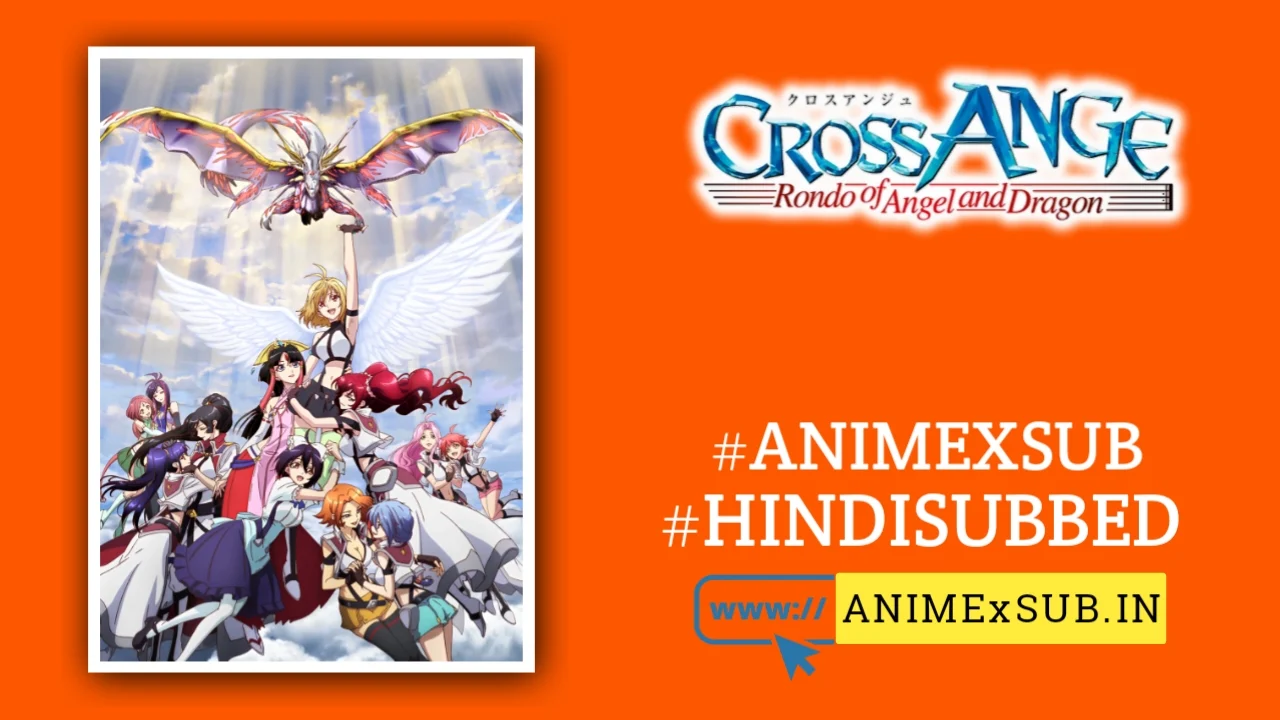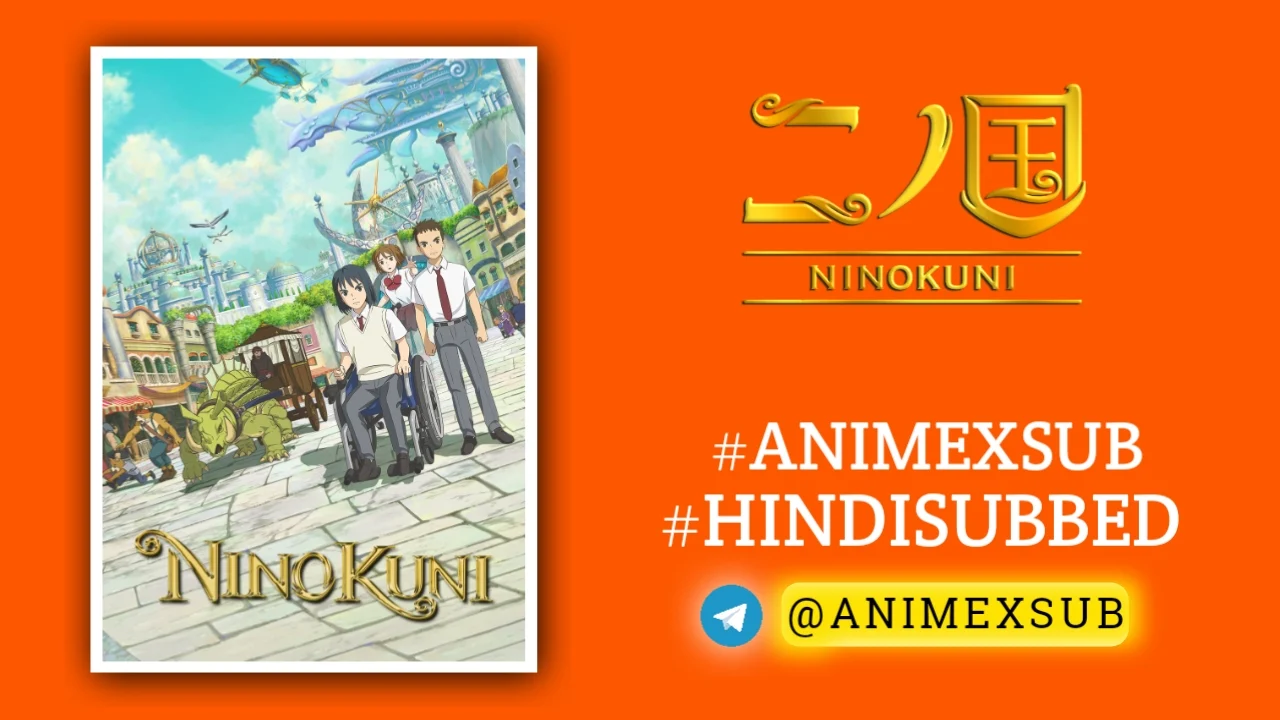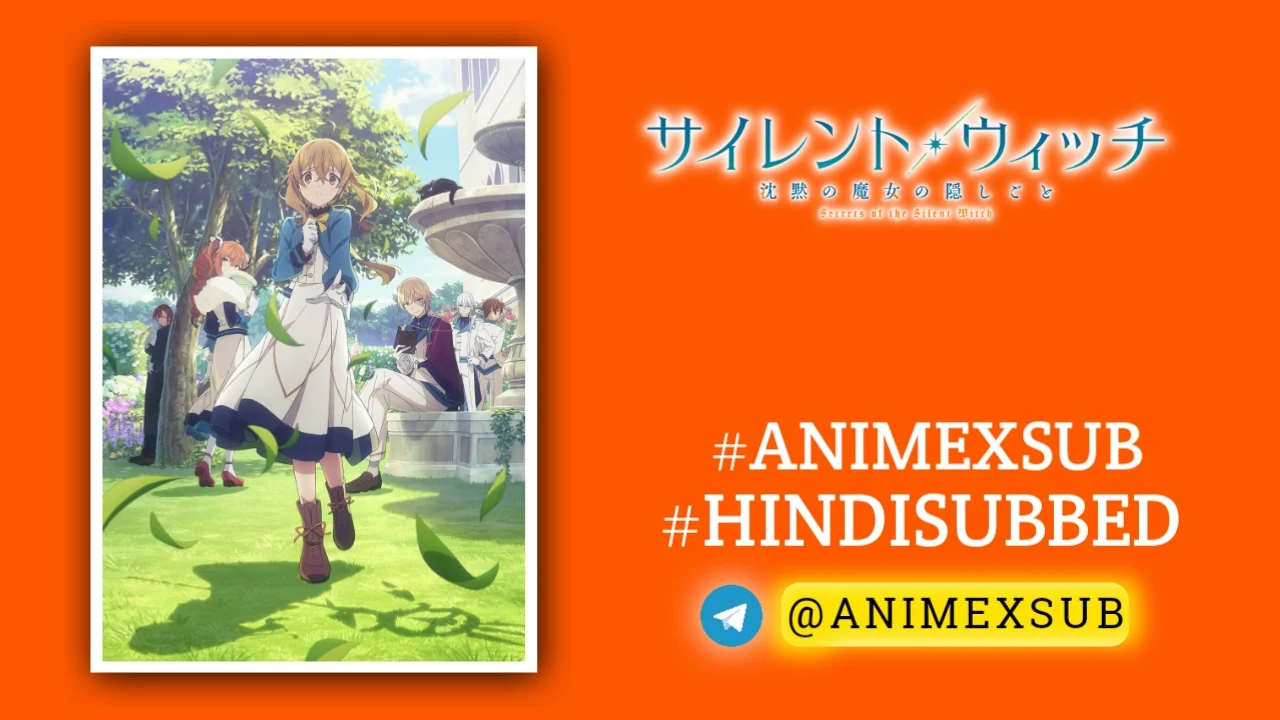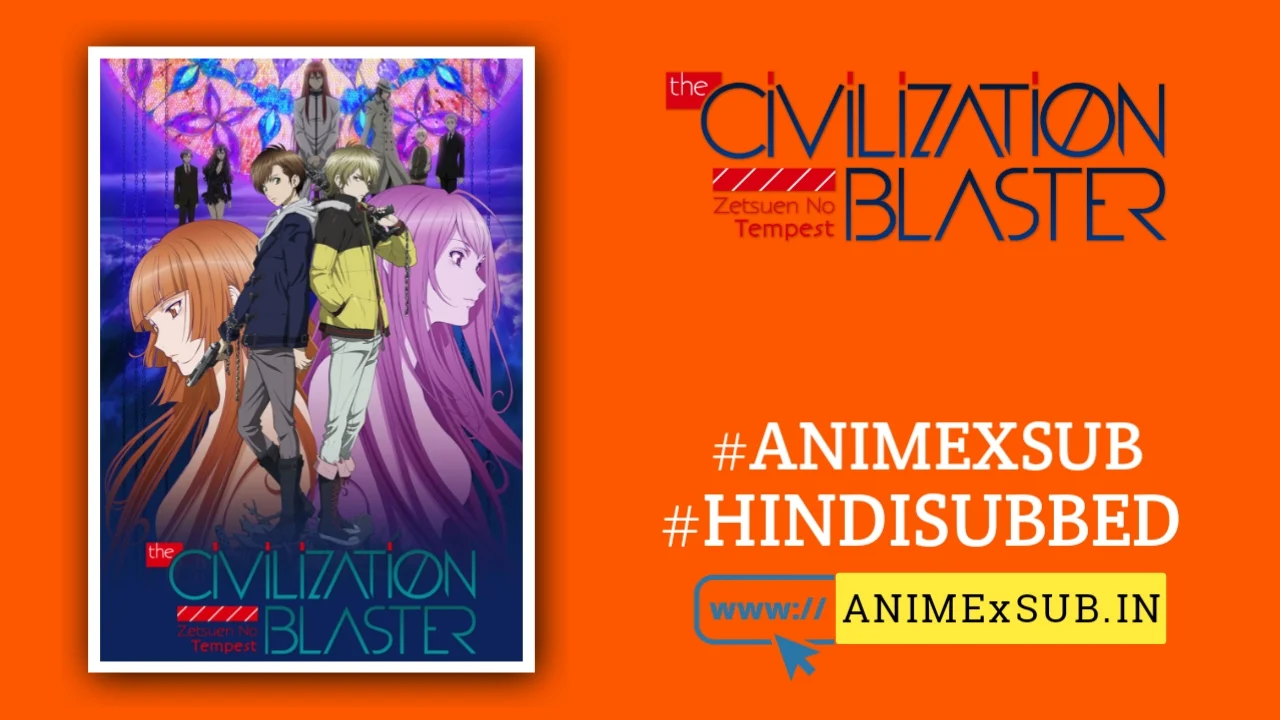
Blast of Tempest Hindi Subbed [24/24] | Zetsuen no Tempest Hindi Sub

Zetsuen no Tempest
Blast of TempestSynopsis
One day, a sorceress princess was stuffed into a barrel and banished. One day, a single girl was suddenly murdered, and the culprit still runs free. And one day, a battle spanning time and space over magic and revenge began! Sanity and madness, sense and intelligence, self-confidence and convictions. The tragic tale of this irrational world starts now. The Kusaribe family is a family of sorcerers under the protection of the "Tree of Origins". Their princess, Hakaze Kusaribe, was the greatest sorceress of their family. But Samon Kusaribe, a member of their family seeking to resurrect the "Tree of World's End", a tree that opposes the "Tree of Origins" and controls the power of destruction, stuffs her into a barrel, and banishes her to a deserted island. From the deserted island, she sends a message out to sea, which is picked up by Mahiro Fuwa, a young boy who's sworn vengeance upon the criminal who killed his little sister, Aika. Mahiro agrees to help Hakaze under the condition that she find Aika's killer with her magic. But once Mahiro's best friend and Aika's lover, Yoshino Takigawa is rescued from danger, he too gets dragged into this tale of revenge. (Source: Aniplex USA)
Watch Trailer
Characters
Blast of Tempest Season 1: A Shakespearean Symphony of Magic and Motive
Blast of Tempest (Zetsuen no Tempest), a 24-episode anime from Studio Bones (2012-2013), is a genre-defying whirlwind that weaves Shakespearean gravitas, psychological depth, and metaphysical intrigue into a narrative that’s as ambitious as it is enigmatic. Adapted from Kyou Shirodaira’s manga, this series fuses action, mystery, and existential philosophy, creating a story that challenges conventions and lingers long after the credits roll. Here’s a deep dive into why Season 1 stands as a singular achievement in anime storytelling, without any promotional fluff—just raw analysis and insight.
A Narrative Built on Shakespearean Pillars
At its core, Blast of Tempest is a love letter to Shakespeare, particularly The Tempest and Hamlet, but it’s no mere homage. The story follows Mahiro Fuwa, a fiery teenager obsessed with avenging his sister Aika’s murder, and Yoshino Takigawa, his introspective friend secretly grieving Aika, who was his girlfriend. Their paths collide with Hakaze Kusaribe, a powerful mage stranded on an island, betrayed by her clan over a cosmic conflict between the Tree of Genesis (which upholds order) and the Tree of Exodus (which threatens chaos). Shakespearean quotes—especially from The Tempest (“What’s past is prologue”) and Hamlet (“The time is out of joint”)—aren’t just decorative; they’re the scaffolding of the narrative, framing themes of fate, revenge, and the cyclical nature of human struggle.
What sets the series apart is how it uses these literary references not to feign sophistication but to ground its fantastical elements in universal truths. The interplay of free will versus destiny, embodied by the Trees, mirrors Shakespeare’s exploration of human agency. Mahiro’s vengeance-driven arc echoes Hamlet’s turmoil, while Hakaze’s island exile parallels Prospero’s isolation. Yet, the show doesn’t just borrow—it reinterprets. The characters’ motivations, tangled by love, betrayal, and loss, drive a plot that feels both mythic and intimate, avoiding the trap of being overly pretentious.
A Plot That Twists Without Breaking
The storytelling in Blast of Tempest is a masterclass in controlled chaos. The first half (episodes 1-12) throws viewers into a high-stakes mystery: Aika’s death, a magical apocalypse turning people to metal, and Hakaze’s desperate alliance with Mahiro and Yoshino to stop her clan’s rebellion. The pacing is relentless, with each episode layering revelations—about Aika’s killer, the Trees’ true nature, and the characters’ hidden connections—that keep you guessing. Unlike many anime that rely on shock value, the twists here are logical, rooted in a meticulously defined magical system where every spell has a cost, and every choice ripples across the narrative.
However, the second half (episodes 13-24) shifts gears, trading some of the early frenetic energy for introspective character drama and philosophical debates. This pivot divides viewers: some find it a dip in momentum, as the focus turns to Hakaze’s romantic feelings for Yoshino and the unraveling of Aika’s enigmatic role. Others, myself included, see this as the show’s boldest move. By slowing down, it delves into the emotional wreckage of its characters, making their personal stakes—grief, love, loyalty—as weighty as the world-ending threat. The resolution, while not universally satisfying, avoids easy answers, embracing ambiguity in a way that feels true to its Shakespearean roots.
Characters That Breathe Complexity
The cast is the beating heart of Blast of Tempest. Mahiro’s volatile intensity contrasts Yoshino’s quiet resilience, creating a dynamic that’s more nuanced than the typical hothead-coolhead duo. Mahiro’s single-minded quest for revenge is raw and relatable, yet his moral ambiguity—willing to sacrifice the world for answers—makes him compellingly flawed. Yoshino, often underestimated, emerges as the emotional anchor, his secret grief over Aika revealing a depth that unfolds gradually. Hakaze, the mage caught between duty and desire, evolves from a plot device to a richly human figure, her vulnerabilities clashing with her godlike power.
Aika, though absent for much of the series, looms large as a spectral catalyst. Her enigmatic presence, revealed through flashbacks and revelations, challenges the “damsel in distress” trope, making her one of anime’s most unforgettable posthumous characters. Supporting players like Samon, the scheming mage, add layers of moral complexity, as no one is a clear villain—everyone believes they’re saving the world. This refusal to paint anyone as purely good or evil elevates the drama, forcing viewers to question who’s truly “right.”
Visual and Auditory Brilliance
Studio Bones delivers a visual feast, with vibrant yet muted color palettes that reflect the story’s blend of hope and despair. The animation shines in action scenes—magical battles crackle with energy, and the surreal imagery of the Tree of Exodus’s “fruit” is hauntingly beautiful. The first episode alone, with its butterflies and desolate landscapes, sets a cinematic tone that rarely falters. The soundtrack, blending orchestral swells with eerie choral pieces, amplifies the epic yet intimate feel, while voice acting (especially in the Japanese dub) captures every emotional nuance, from Mahiro’s rage to Yoshino’s understated pain.
A Philosophical Undercurrent
What makes Blast of Tempest next-level is its willingness to grapple with big questions without spoon-feeding answers. Is fate immutable, or can we defy it? Does love justify destruction? The Trees of Genesis and Exodus aren’t just plot devices; they’re metaphors for order versus chaos, determinism versus freedom. The show’s dialogue-heavy debates, while occasionally dense, reward attentive viewers with insights into human nature, making it a rare shonen that prioritizes intellect as much as action.
Critiques and Considerations
No series is flawless. The pacing shift in the second half can feel jarring, and some may find the Shakespearean quotes heavy-handed, especially if unfamiliar with the source material. The romance, particularly Hakaze’s crush on Yoshino, occasionally veers into cliched territory, diluting the gravitas. Additionally, the sheer density of plot twists risks alienating viewers who prefer straightforward narratives. Yet, these flaws don’t overshadow the show’s ambition or emotional resonance.
Why It Stands Out
Blast of Tempest Season 1 is a rarity—an anime that dares to be both a high-octane thriller and a meditative character study. Its fusion of Shakespearean themes, psychological depth, and a tightly woven magical system creates a narrative that feels fresh even a decade later. It’s not perfect, but its imperfections are part of its charm, reflecting the messy, human struggle at its core. For those craving a story that challenges, provokes, and surprises, Blast of Tempest is a tempest worth weathering.
Sources: Insights drawn from MyAnimeList reviews, Anime News Network, and IMDb user feedback for balanced perspectives.
Support Our Anime Community!
Love watching the latest anime? Help us keep uploading new episodes by join telegram channel ❤️
Join Now!









